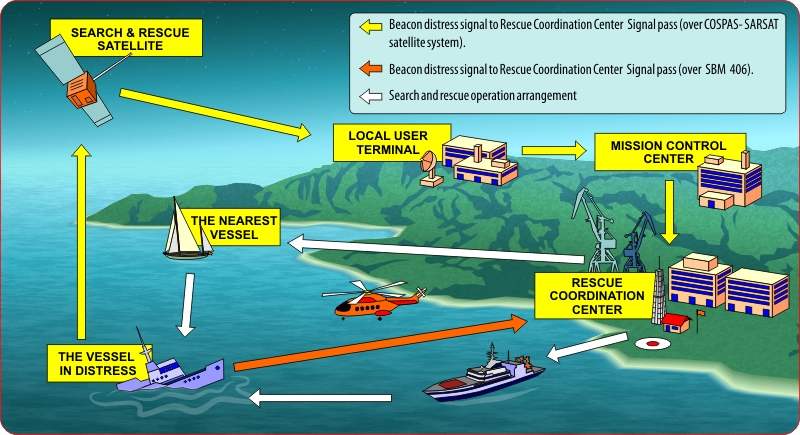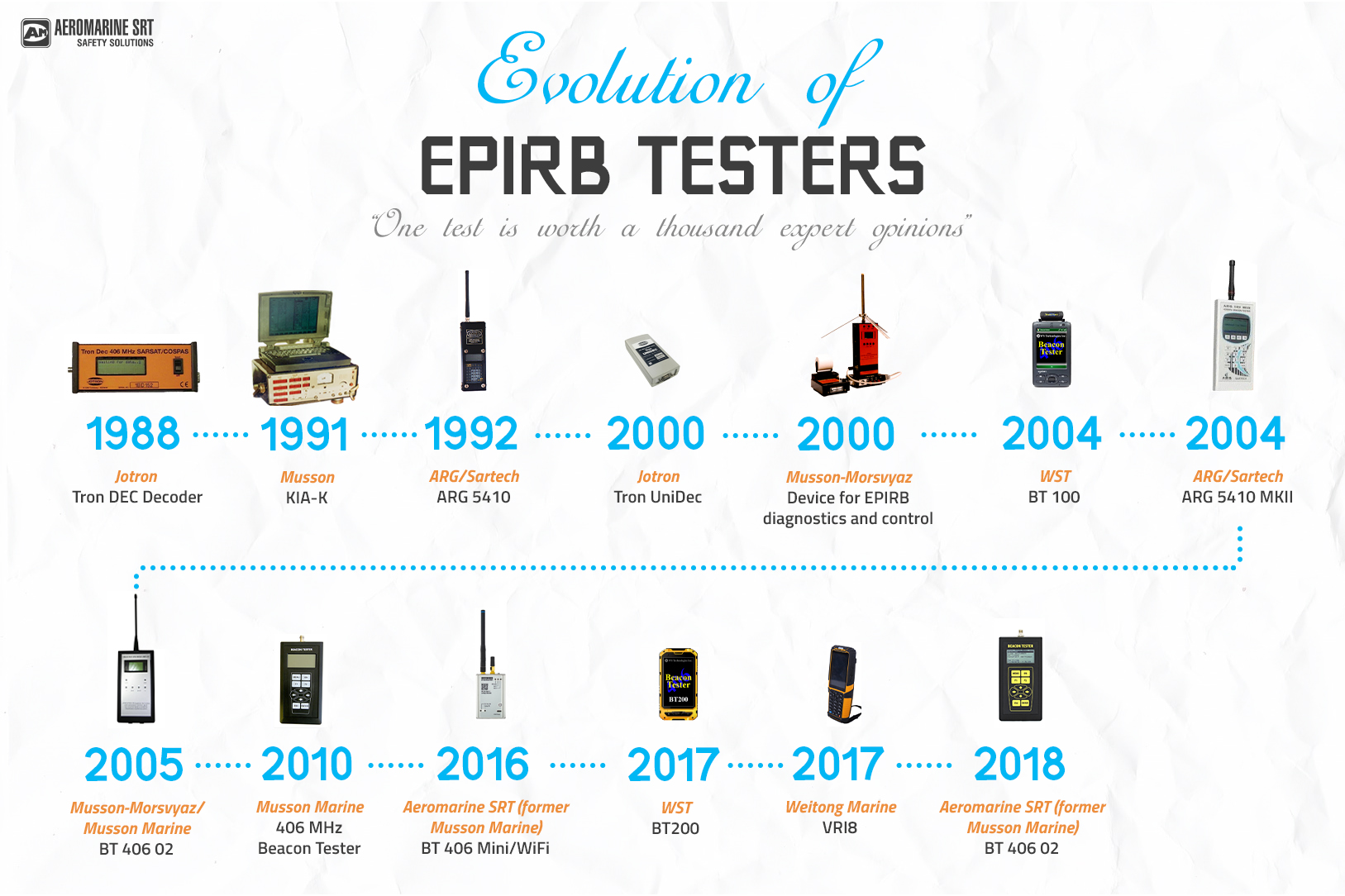Inadvertent activation of 406MHz EPIRBs
Every year valuable resources are wasted in locating EPIRBs which have been activated inadvertently. Masters and Officers need to be aware that even a single burst from a 406 MHz EPIRB can be detected instantaneously by the Cospas–Sarsat GEOSAR system which will result in an RCC being alerted.
As to US Coast Guard report: 96% 406 MHz EPIRB Alerts are false.
To minimise the possibilities of accidental activation of a 406 MHz EPIRB, Masters and Officers of vessels are urged to pay particular attention to:
• The need to educate all crew members regarding the consequences of activation;
• The need to prevent interference by unauthorised persons; and
• The fact that a oat–free EPIRB which has been “armed” will activate immediately on removal from its cradle (transportation away from the cradle must be made in the “safe” or “off” condition).
Should it be suspected that an EPIRB has been activated inadvertently, the Master or person responsible for the vessel must immediately advise the MRCC for their area of operation.
The world maritime search and rescue regions are published in Chapter 16 of Volume 5 of the ALRS. The information that should be reported should include:
. The time and position of the vessel when the beacon was known to be activated;
. The make and model of the beacon; and
. The circumstances surrounding the inadvertent activation. Masters and Officers need to be aware of IMO Resolution A.814 (19) Guidelines for Avoiding False Distress Alerts.
Beacon Monitoring System
Real-time beacon monitoring is offered to be used as a tool to detect all local inadvertent activation.
406MHz Sarsat Beacon Monitor allows to locate and process all false emergency signals on local area and gives the right to port and airport authorities to contribute penalty charges for false distress signal in accordance with Cospas-Sarsat recommendations.

Here is a report of 406 MHz EPIRB False Alerts Study by US Coast Guard.




Be the first to comment